Paris Opera Ballet plays hard to get. It doesn’t deign to travel all the way over here, thanks to a combination of exorbitant expense and a languid disdain for the little Britons with their Johnny-come-lately ballet tradition (not even one century old, let alone three and a half).
So if the mountain won’t come to Mahomet, it behoves Mahomet to go to the mountain. And now is the time to do it, with the ructions brought on by the arrival last year and the departure this of Natalie Portman’s husband as ballet artistic director. Benjamin Millepied is French but spent his career as a leading dancer in New York City Ballet, whose values are broadly the antithesis of the institutionalised, hierarchical Paris Opera Ballet.
After briefly replaying the struggles with the Palais Garnier bureaucracy that Rudolf Nureyev despaired of 30 years ago, Millepied declared his resignation recently, describing some of the elegant, aloof Paris dancing as ‘wallpaper’. His vision was anti-corporate, anti-hierarchical, even anti-French — as far as many observers saw it — bringing in New York values where music and individualism count for more than the magnificently ordered classical statements that Paris Opera Ballet has its feet anchored in.
Millepied’s final new spring programme consists of four ballets brazenly from the US, by two dead grandmasters, George Balanchine and Jerome Robbins, and two living, Alexei Ratmansky (ex-Bolshoi, now New York-based) and the much-noised young Justin Peck, whose work I hadn’t seen. All of them, to further pique interest, are ‘piano ballets’, inviting us directly to experience dialogue between dancing and music.
Unfortunately, these were the most vanishingly discreet pianists I’ve ever heard or seen. Scarlatti sonatas, Chopin mazurkas, Stravinsky and Philip Glass all murmured by in a shade of beige, as if Paris’s ballet pianists are conditioned to being doormats. Chapeau to Millepied — it was an artistic challenge worth setting on musical grounds alone.
On any bill involving Balanchine, other choreography is going to be tested on physical variety and musicality; next to Robbins, fluency and human individuality must stand comparison. On all counts, Ratmansky passes with his Scarlatti ballet, Seven Sonatas, with six dancers in twee white attempting that tricky Ratmansky thing (which is rather like Mark Morris’s thing) of being childlike without looking childish, a tough call for the French. It is at least one sonata too long, and the Russian choreographer orders a questionably over-romantic way of playing from the pianist in order to facilitate his lush legato phrasing and contrasts in physical accents.
But he’s also crafted exactly shaped little jumps and delicious folksy bounces, exchanges of suspended line and sudden speed, which give a most intimate, pleasing impression of the three couples. Some male footwork was rough, some female hands were dead, but that French restraint on effort (which can sometimes just look lazy) finds a more baroquely effective spirit than florid Russians or dynamic Americans could achieve.
Robbins’s duet-plus-Chopin pianist was originally for Mikhail Baryshnikov and Natalia Makarova, and I’d cross the Channel again willingly to see Mathias Heymann, the kind of star only the French can make. A man with a clever face and leopard leaps, a true noble, he looks far out over the auditorium as if surveying a landscape. His lady-love, the gracious Ludmila Pagliero, triumphed with sophisticated spontaneity over her mauve jeune fille ribbons (American designers — pah!).
The other spectacular étoile was Myriam Ould-Braham, a minxy wee blonde, like a French Tanaquil LeClercq, who deployed playful timing and fastidiousness like erotic spells around Karl Paquette in Balanchine’s Duo concertant, a quartet for violin, piano and two dancers who must risk jazz-like dance interventions in the music without looking false. These are terrific repertoire choices by Millepied.
By comparison, Justin Peck’s In Creases, alas, shows up as callow, superficial aerobics, even if the audience loved it to bits. Bought in from NYCB, it has declamatory big arms and attention-seeking formations for its eight dancers but there is little texture in the hectic rush and it’s all somewhat fast-food.
Almost unbelievably, the very next night back in London, Britain’s own Richard Alston also fielded a Chopin piano ballet and a Scarlatti sonatas ballet (and vastly better pianism from Jason Ridgway). For 20 years I have found his choreography inflexibly shaped and lacking in dynamics, but I think Alston may, in his mid-sixties, finally be winning me over.
His male duet to Chopin, Mazur, made last year, is a masterly, suspenseful dialogue for Liam Riddick and Nicholas Bodych, but his new Scarlatti piece, An Italian in Madrid, is a ravishing surprise. The introduction of a beautiful young Indian kathak dancer, Vidya Patel, and a deft storyline about Scarlatti’s Spanish influences has brought Alston all sorts of liberation. How serendipitous to have to consider whether his springy barefoot physicality works better with Scarlatti than Ratmansky’s more fluid, looped pointe-ballet idiom. Noteworthy that, just as Wayne McGregor was by Alessandra Ferri in Woolf Works (this week’s Olivier Award-winner), Alston has been regenerated by a dancer from another discipline.
Got something to add? Join the discussion and comment below.
Get 10 issues for just $10
Subscribe to The Spectator Australia today for the next 10 magazine issues, plus full online access, for just $10.

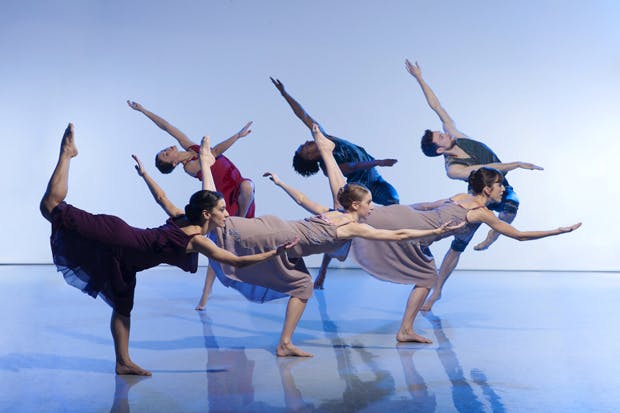
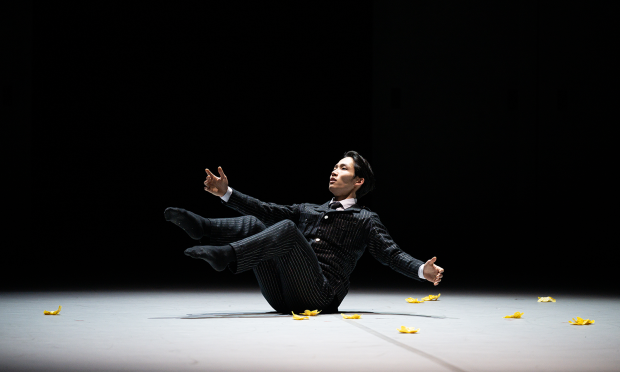
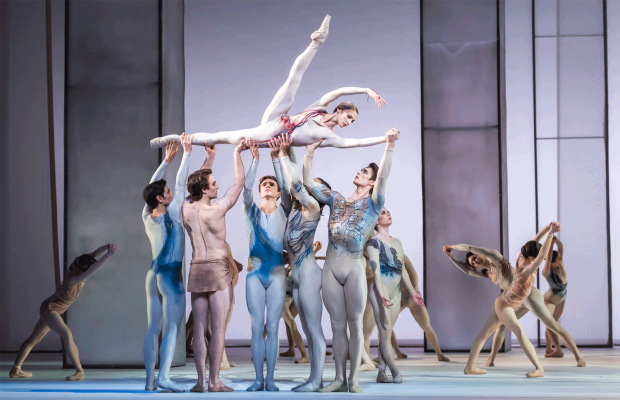

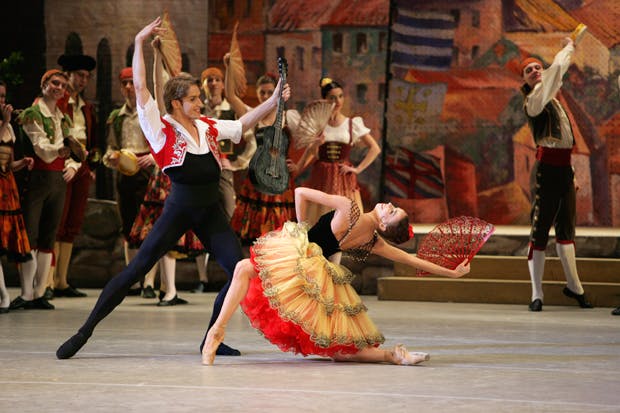
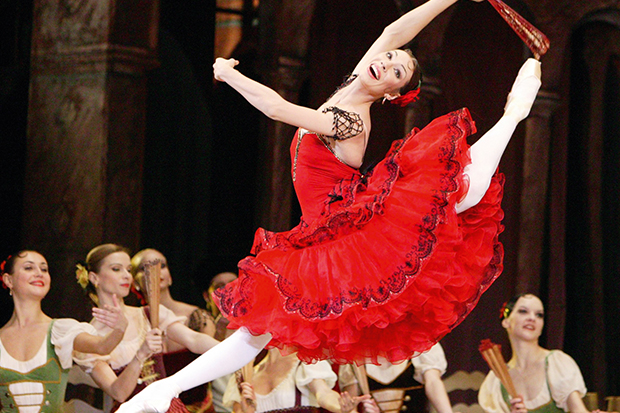
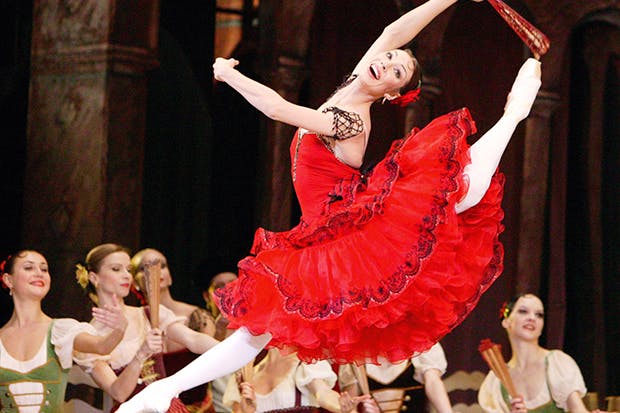






Comments
Don't miss out
Join the conversation with other Spectator Australia readers. Subscribe to leave a comment.
SUBSCRIBEAlready a subscriber? Log in